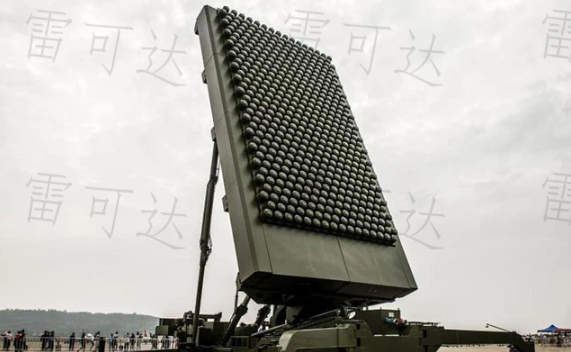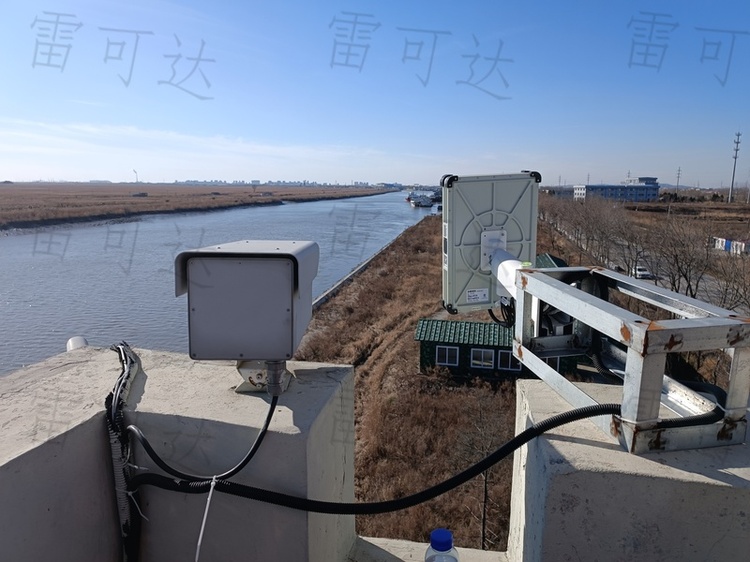
Throughout history, the advancement of radar technology has served as a brilliant beacon, illuminating the course of national security. On the occasion of the 80th anniversary of the victory in the War of Resistance Against Japan, the grand military parade held on September 3 is not only a solemn tribute to history but also a powerful declaration to the world of China’s defense capabilities and its resolve to safeguard national sovereignty. In the face of the current complex and ever-changing international landscape and the challenges to maritime security, radar technology, as the cornerstone of national defense security, profoundly influences the nation’s strategic layout and the protection of maritime rights and interests through its innovative development.
The Inception and Progress of China's Radar Technology
In the early days of the People’s Republic of China, the industrial foundation was weak, and radar technology started almost from scratch. Under the difficult conditions of external technological blockades, the first generation of radar researchers, driven by patriotic fervor, embarked resolutely on the path of independent development.

In 1956, China successfully independently developed its first 406-meter wave long-range warning radar, marking the official entry of Chinese radar technology into the stage of independent design. In 1976, the 7010 strategic warning phased array radar was completed in the foothills of the Yan Mountains, enabling China to master this cutting-edge technology in one stride. In 1989, a major breakthrough was achieved in airborne pulse-Doppler radar, equipping Chinese fighter jets with “sharp eyes.”
After decades of relentless effort, China’s radar technology has reached world-class levels and achieved leadership in several critical areas.
Current Achievements and Applications of China's Radar Technology
1. Active Electronically Scanned Array (AESA) Radar Technology
Significant breakthroughs have been made in this field in China, with multiple advanced active fighter jets fully equipped with independently developed high-performance airborne AESA radar systems. The gallium nitride radar systems installed on export-model fighter jets demonstrate exceptional performance, greatly enhancing detection range and target identification accuracy.2. Breakthroughs in Anti-Stealth Radar
The YLC-2E radar utilizes advanced S-band technology, leveraging high-density, high-power T/R modules and intelligent algorithms to overcome traditional frequency limitations, significantly improving detection accuracy and anti-jamming capabilities.
3. Construction of Strategic Early Warning Systems
China has established a long-range early warning radar network covering 8,000 kilometers, creating a strategic early warning umbrella spanning the Pacific and Indian Oceans, achieving an epoch-making strategic breakthrough.4. Applications in Civilian Fields
Phased array weather radars can provide precise extreme weather warnings up to 72 hours in advance, offering reliable support for marine fisheries and maritime transportation. The XW/SR237 series of coastal security radars, developed by Wuhan Lakeda, employ advanced anti-interference technologies and play a crucial role in infrastructure security.
5. Coastal Radar Network Systems
China is actively building a coordinated detection system for coastal radar networks, connecting coastal radar stations via high-speed data links to form an intelligent monitoring network, enabling all-weather, round-the-clock precise surveillance of coastal waters.Future Development Directions of China's Radar Technology
In the future, China’s radar technology will continue to advance in three major directions: intelligentization, multi-band integration, and breakthroughs in cutting-edge technologies:
1. Intelligent Development
Radar technology will deeply integrate with artificial intelligence, utilizing deep learning algorithms to achieve rapid target identification and classification, significantly enhancing monitoring performance in complex environments.2. Breakthroughs in Cutting-Edge Technologies
China is increasing its research and development investments in fields such as quantum radar and terahertz radar. The prototype quantum entanglement radar developed by the Nanjing Research Institute of Electronics Technology has already achieved the identification of stealth targets at a distance of 200 kilometers, which is set to revolutionize naval warfare in the future.3. Strategic Significance
Powerful radar technology is not only a reflection of national defense strength but also provides solid technical support for coastal security, collectively opening a new chapter in the development of radar technology.Conclusion
The development of China’s radar technology fully demonstrates the nation’s firm resolve in technological innovation and national defense construction. Looking ahead, with continuous breakthroughs in intelligentization, integration, and cutting-edge technologies, China’s radar technology is poised to embrace even broader development prospects, providing stronger technical guarantees for safeguarding national security and maritime rights and interests.
Further Reading
- Breakthroughs in Radar Technology by China Electronics Technology Group Corporation (CETC Official Website)
- Applications of Radar Technology in National Defense (Ministry of National Defense of the People’s Republic of China)
- Construction of Coastal Monitoring and Security Systems (National Marine Data and Information Service, Ministry of Natural Resources)